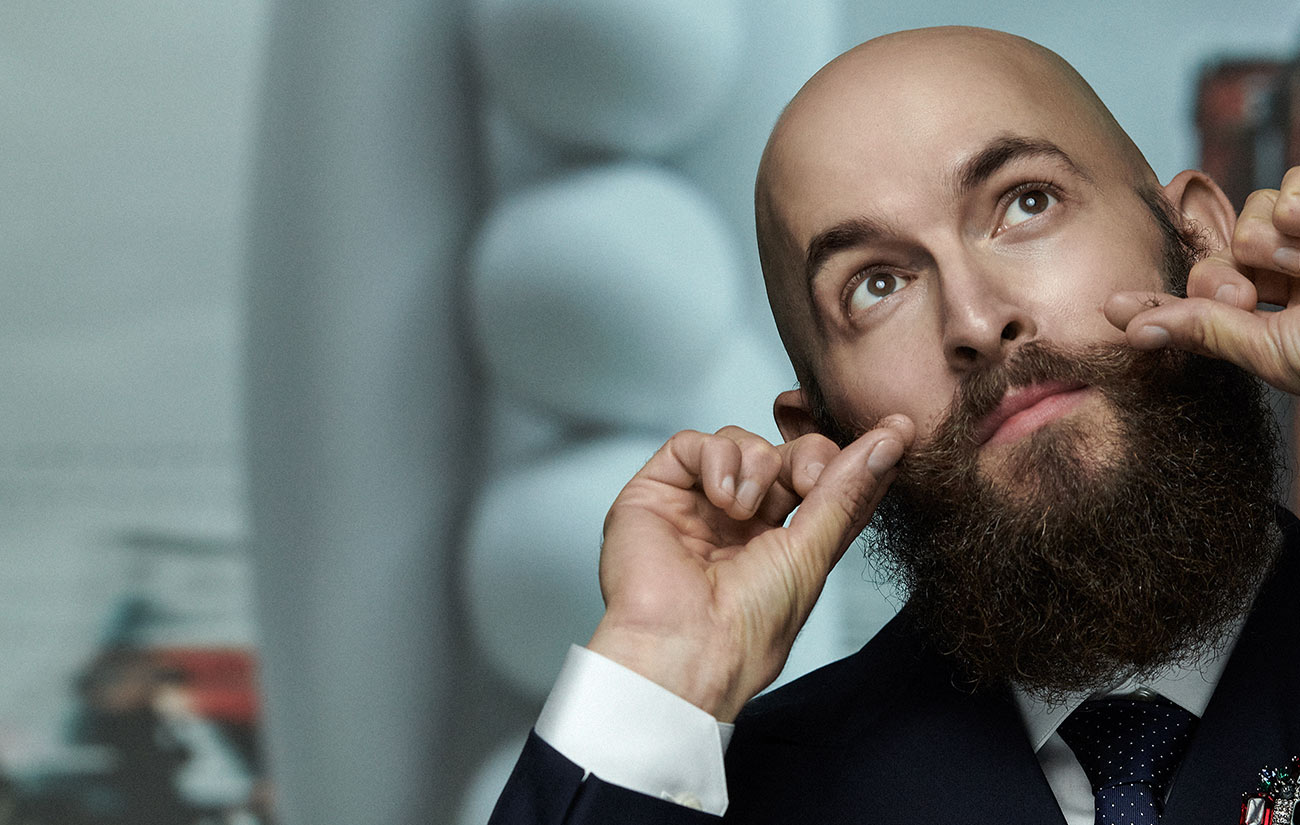


What is public art? Which artworks in this genre inspire you?
For me, public art is an artistic statement by the author in an urban environment. I do not wish to quote any names. I prefer to simply state that it is inspiring to see an artwork in a living space, among people, or in a natural setting. The artwork itself is granted the properties of a living organism. This is significantly different from a museum exhibition where the whole thing is turned upside down: for example, a performance art piece becomes something of a kinetic installation, an object in a museum setting.
What qualities must art created for public spaces possess?
I would say that aesthetics, harmony, and production quality are the main features of public art. I find the harmony of form, composition, and color to be crucially important. Sensibility to these basic parameters can and should be developed. To put it another way, the beauty of a public space inevitably leads to a transformation of personal spaces. A frequent requirement for public art is conformity with its context. There must be an idea or function behind the artwork, making the existence of the latter valid. I am certain that no artist creates mindlessly. It is possible that artists are not cognizant of the reasons provoking their work. However, it is key that an artist works within the framework of harmony. A harmonic artwork establishes a dialogue with the viewers who interpret everything in terms of their visual experiences. The more varied and high-quality those experiences are, the richer the impressions will be.
When did you first begin considering working on a public art project?
In 2018, I decided to dedicate my first solo exhibition to new urban sculpture. In just a few years much changed in Moscow in terms of urban space beautification. However, no noteworthy public art projects have been implemented. Exploring the city, I discovered many places with potential for sculpture placement. So I designed 29 versions of sculptures and visualized them in the environment.
Tell us a few words about the piece you created for the Red Garden exhibition.
The Stable Composition sculpture model was presented in black at the Dancing Axis of the Fifth Dimension exhibition. The curators suggested we select a white sculpture during the preparation of the exhibition. The problem is that all the other sculptures included in my project are presented in color. So only one sculpture – the black piece – could be whitened. Once again, I learned that the link between form and color is not coincidental. Form and color complete one another on an energetic level. The energy of the form, of course, was changed but did not disintegrate. That’s the takeaway here. This approach would not work with the other sculptures.
What are the main qualities of a truly contemporary artist, in your opinion?
To fully develop their talents, artists must be courageous, creative, and hardworking. One must have faith in oneself and constantly experiment to surprise oneself and provoke discoveries. Setting one’s priorities straight assists in reliably expending energy and achieve goals. In my case, I set research into various materials and techniques, as well as ethnographic trips on the top of my priorities.
What themes or ideas are especially important for you in art?
Interacting with the subconscious and the materialization of internal emotional images into external material forms.
What feedback on your artworks are you expecting?
Feedback that “invites” the creation and implementation of new artwork. Meaning that each new piece is a sort of beacon beckoning those who can relate to it, finds it interesting, or wishes to engage in a dialogue. Interest in an artwork fosters new links that help my development as an artist.
Is there a certain location where you would want to install your public art piece?
Yes! In an urban environment designed by myself as an architect.


